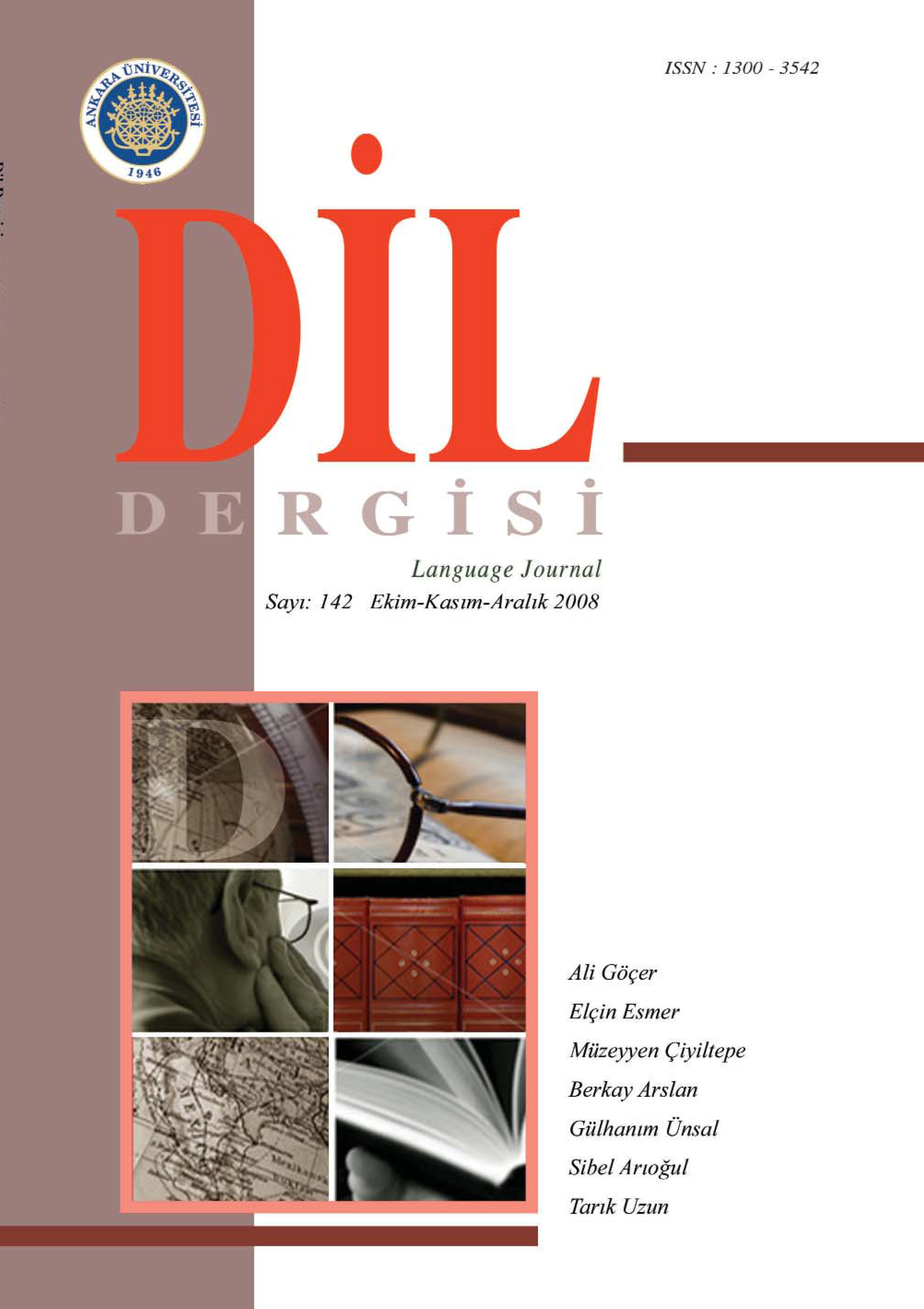Çocuklarda Kelime Akıcılığı Yeteneğinin Organizasyonu Ve Ölçülmesi
Measuring The Word Frequency Skills In Children: Assessment And Organization
Author(s): Müzeyyen Çiyiltepe, Berkay ArslanSubject(s): Language studies, Education, Foreign languages learning, Language acquisition
Published by: Ankara Üniversitesi TÖMER
Keywords: word frequency; word fluency; language acquisition; word acquisition; word categories;
Summary/Abstract: Language acquisition is carried out by comprehending the stimulants and attaching them in the production process. It is often discussed that whether there is a relationship between language acquisition and the mental capability. According to Thurston’s multiple factors theory (1938) there are seven basic structures constitutes the ‘Main Capabilities’ of intelligence. One of the seven factors mentioned is the “word fluency”. Word fluency factor is one of the verbal (i.e., expressive language, speech) factors. The important ability is to be able to produce as many words as possible quickly. There are tests developed to be able to measure this ability, in English speaking countries for instance, words starts with the sounds /K,A,S/ or /F,A,S/ are chosen for this task. However, the adequacy of these sounds into Turkish has not been studied. The purpose of this study is to define if there is a corelation of the sounds begins with /a/, /s/, /t/, /k/, /m/ in 8000-1000 frequency, /ç/, /y/, /e/, /p/, /i/ in 4000 frequency and /f/, /n/, /l/, /o/, /r/ in 2000 frequency and the children’s verbal outputs that begins with those sounds. All the word frequencies are determined by a research carried out by the Turkish Language Society (TDK). The study included the results of 150 children including both children with normal speech and children with speech-language problems ages between 4-12 years old. The participants were given a word fluency test which was prepared according to the TDK’s written frequency list with the occurrance of frequency range between 8000-1000. There were 12 sounds in the word fluency test (a, s, t, k, m, ç, y, e, p, i, f, n, l, o, r), a 10 second was given between sounds to be produced, and each child is given a minute to produce the words starting with the target sound. The city and people names were not accepted as part of target words. Results were discussed in details according to the sounds and the subjects in the study.
Journal: Dil Dergisi
- Issue Year: 2008
- Issue No: 142
- Page Range: 32-45
- Page Count: 14
- Language: Turkish

